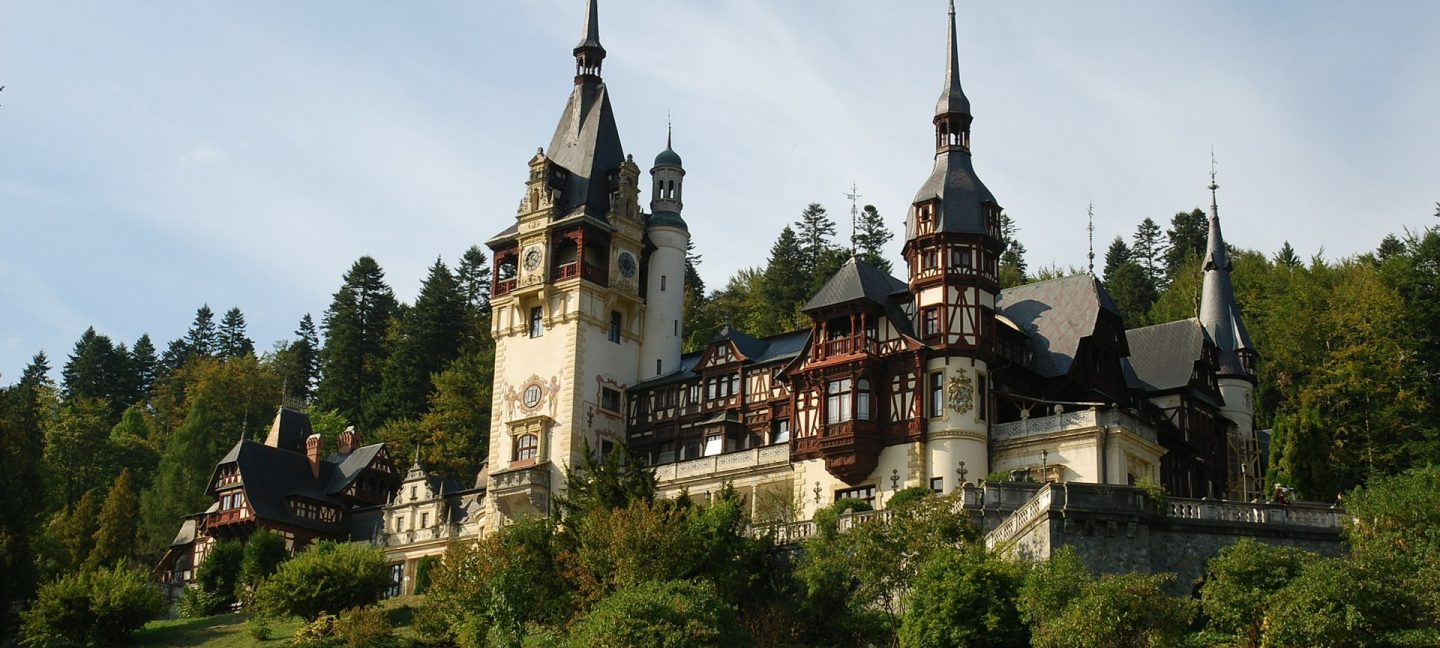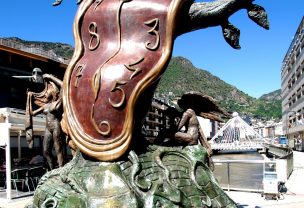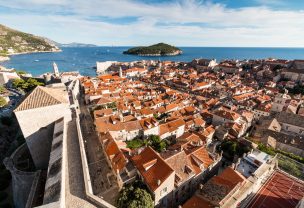Quick facts
- Full name: Romania
- Capital: Bucharest
- Largest city: Bucharest
- Official language: Romanian
- Area: 238,397 km2
- Population: 19,638,000 (2017)
- Currency: Leu (RON) 1 (RON) = 100 lei
- Foreign tourists: 10.2 million (2016)
- Travel risks and hazards: Petty crime
Romania is an increasingly popular tourist destination. The country offers some incredible sights both in the Carpathia and on its Black Sea coast. There are numerous architectural wonders such as the Romanian parliament building which is also holding the record for the heaviest building in the world or castles from various time periods dotting the Romanian landscape. The country not only boasts that but belongs to the top 4 of fastest internet deliverers covering entire Romania in 4g.
There is much more to explore in Romania however there are also risks and hazards to beware of.
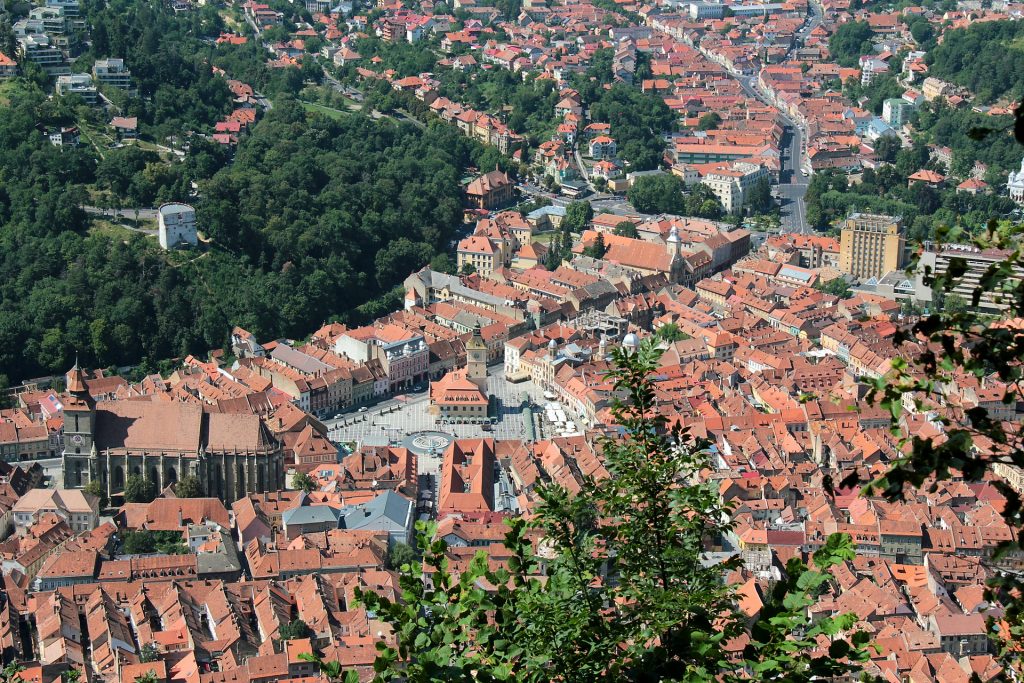
Traveling info
All tourists traveling to Romania are required to have a valid passport. Citizens of nations belonging to the Schengen agreement may use their national ID cards. Although Romania is part of the EU, it is not yet a part of the Schengen agreement. Certain nationals will be required to obtain a visa in order to enter the country whilst others may enter the country for a certain amount of time before they will be required to obtain a visa. This time usually does not exceed 90 days. To check if you require a visa visit the official Romanian ministry of foreign affairs website. (Link in sources). Those who choose to drive a rental or a private vehicle in Romania must have a valid driving permit and an international driving permit. This does not apply to citizens of the European Union as EU driving permits are accepted in Romania.
Tourists driving private vehicles must remember to purchase a “Rovinieta” sticker which is a form of road tax. The sticker can be purchased in most shops and on all gas stations. The sticker must be placed on the inside of the windshield.
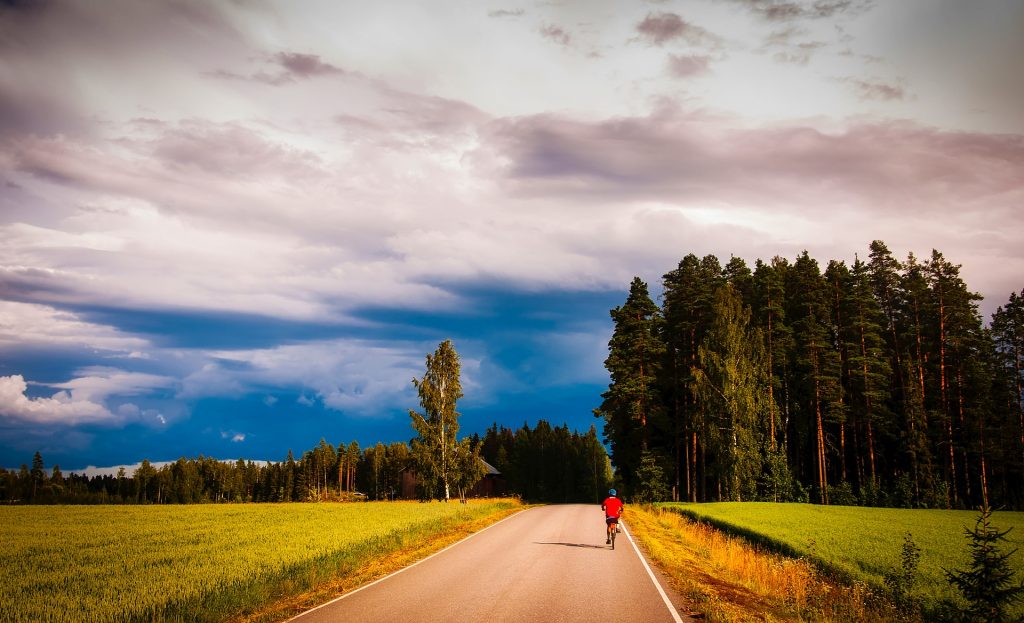
Traveling hazards
Romania has quite a bad reputation for road quality in the developed world. It is the single most dangerous country for traffic accidents in Europe. Roads between major cities are in fair condition, secondary roads on the other hand often lack paving, road markings or proper signage. This contributed to the high fatality rate on the roads. The local driver often ignores traffic rules and drive aggressively. It is essential for tourists to drive defensively and to stay vigilant and aware of other drivers which might potentially create hazardous situations. Wild animals often cross roads especially after dusk when the traffic is lighter and due to poor road illumination frequently cause traffic accidents.
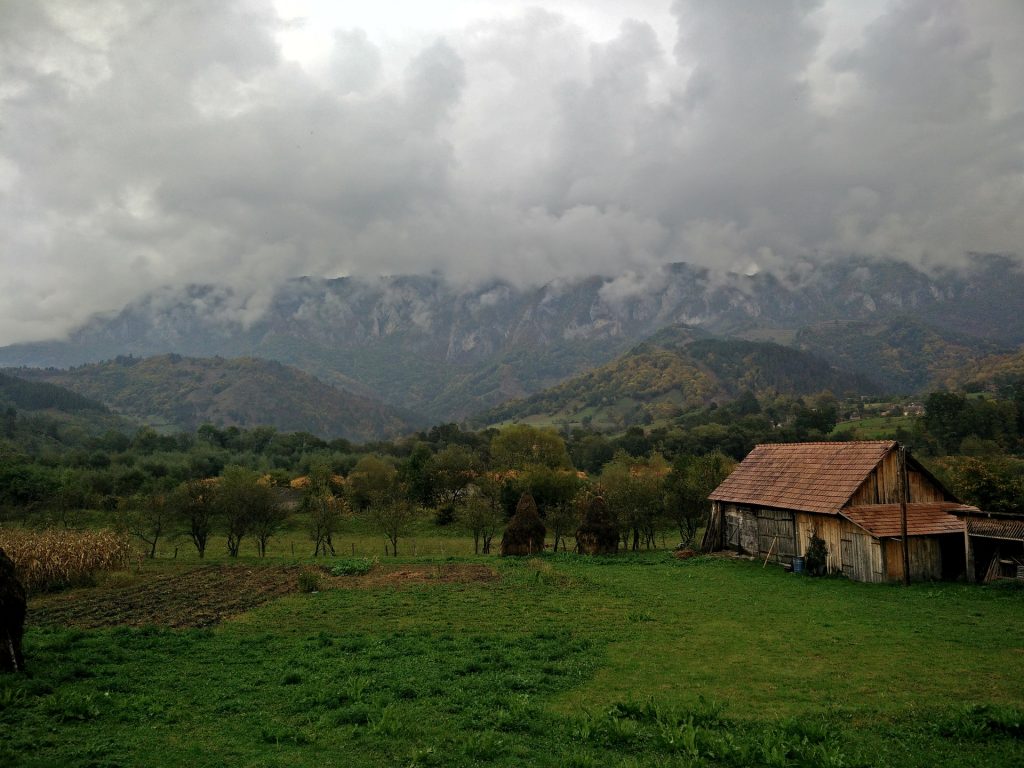
Environmental hazards
Romania houses numerous species of animals, however, there are very few which are potentially dangerous for humans. There are two large mammalian predators which might seriously injure or even kill a man if disturbed. Wolves and bears reach quite big numbers in Romania and inhabit mainly the areas of the Carpathian mountains. Tourists who decide to spend their holiday hiking in the Carpathians should beware that approaching such animals is dangerous. While hiking it is best to make as many human noises as possible, loud talking or shouting will let these animals know that you’re approaching and allow them to retreat. These animals usually avoid human contact. There are 3 species of venomous vipers in Romania. The horned viper is the most dangerous of the three and most dangerous in Europe. It has a strong venom however there have been no fatalities caused by this snake species in recent years. Ticks are present in entire Europe and Romania is no exception. These small parasites prey in low shrubs waiting for the unaware victim to walk past. Often their prey does not realize until being bitten. Ticks carry dangerous Lyme disease which attacks internal organs including the brain and the nervous system. The disease is hard to cure in the early stages and becomes more difficult as it progresses. If being bitten, remove the tick and submit it to a laboratory for Lyme disease testing. Swimming in Romanian lakes, rivers and off the Black sea coast is perfectly safe. There are no marine creatures that would pose any threat to humans. Romania experiences earthquakes, however, floods are the major cause of deaths and damage to infrastructure and property. Excessive rainfalls cause serious floods and landslides in the Carpathian region.
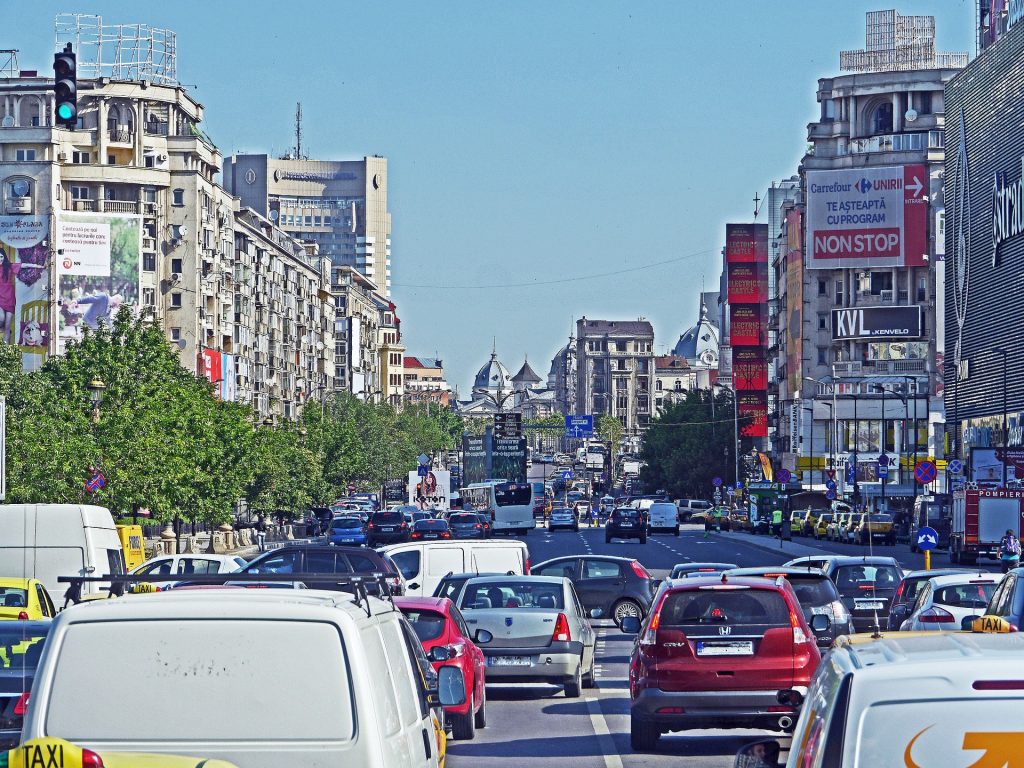
Health hazards
There have been reports of the measles outbreak in Romania. All tourists traveling to Romania should get routine vaccines also known as MMR or measles, mumps, rubella vaccine. This will prevent visitors from contracting measles. There are several other vaccines which are not required but strongly recommended in order to ensure safe travel. These are hepatitis A and B and rabies vaccines. Romanian public healthcare sector is ranked the worst in Europe lagging behind the likes of Albanian or Bulgarian healthcare systems. Although this is off-putting, Romanian hospitals still deliver quality services however waiting lines can be very long. Expats must pay for their services. Private hospitals and clinics will deliver a much better quality of service and have much shorter waiting times however private health services come at a greater expense than public services. It is recommended to purchase health insurance when planning a trip to Romania to avoid needless costs.
In case of an emergency dial 112.
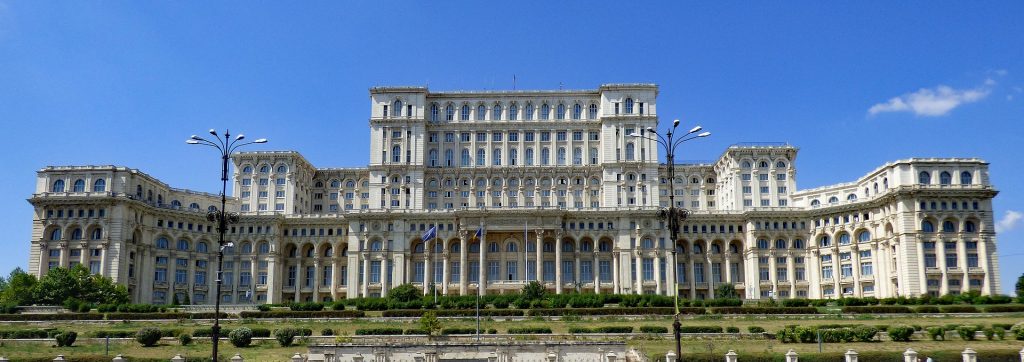
Crime
Romania is generally safe for tourists. A violent crime occurs in the country however tourists are very rarely affected, petty crime, on the other hand, should be a worry particularly in popular tourist spots where pickpockets, and thieves organized in groups operate. Visitors should avoid wearing expensive jewelry and being indiscreet with money. Wearing money belts helps to keep money in a discreet and secure place. Tourists should particularly pay attention to their belongings in crowded and popular spots. Romanian drug policy divides narcotics into those of low and high risk. Consumption of drugs is illegal however there are no specified punishments. Possession of low-risk drugs may lead to a fine or 2 months up to two years in prison while possession of high-risk drugs may end up in 6 months up to 3 years in prison.
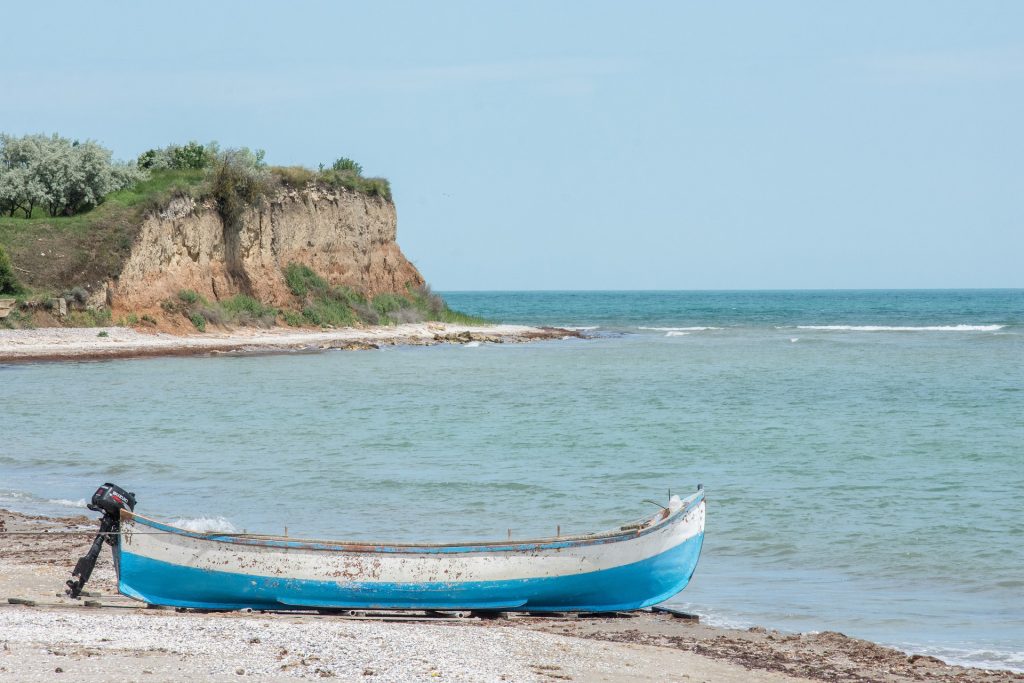
Summary
Romania classifies among the most popular spots in Europe and certainly does for a reason. Rich culture, folklore, and other incredible attractions attract millions of tourists yearly. Remember that planning your trip with Travset.com will give you the quickest information about nearest emergency services and will also help you purchase indispensable travel insurance for the trip of your lifetime. Please feel free to comment and share the experiences of your travels with Travset.com.
Sources
(Visa)
http://romaniatourism.com/entry-requirements.html#schengen
http://evisa.mae.ro/
(Vaccinations)
https://wwwnc.cdc.gov/travel/destinations/traveler/none/romania



